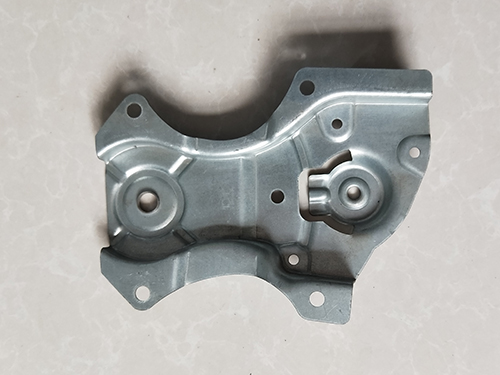Seat plate
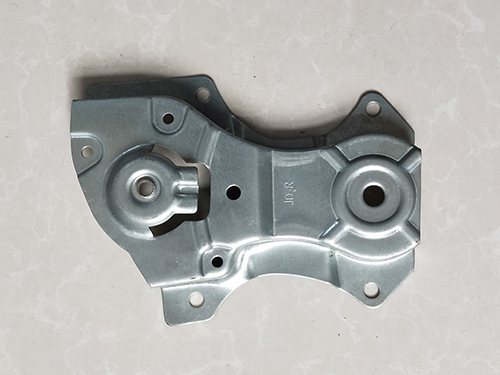
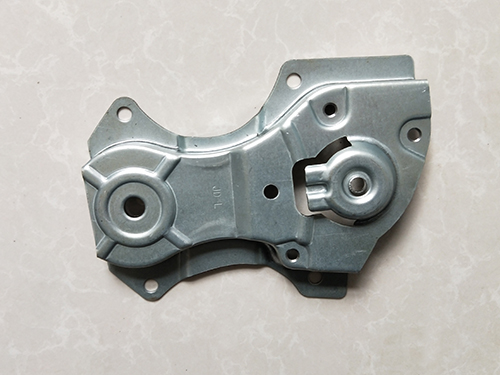
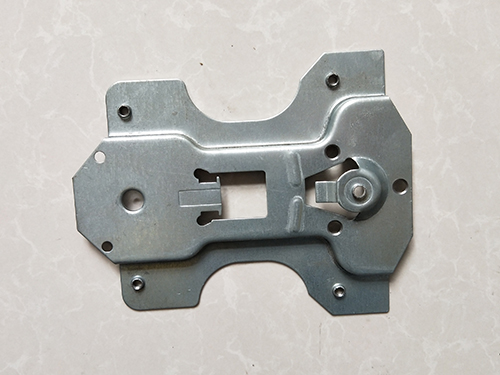
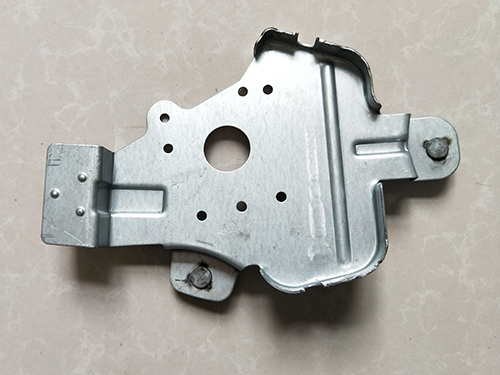
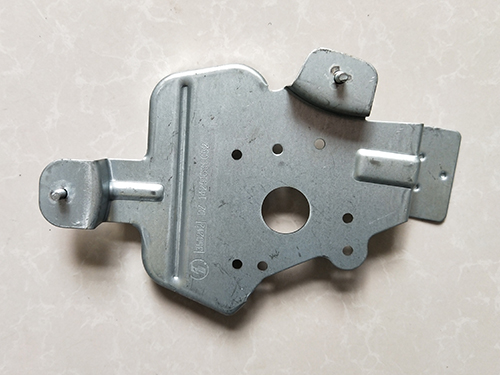
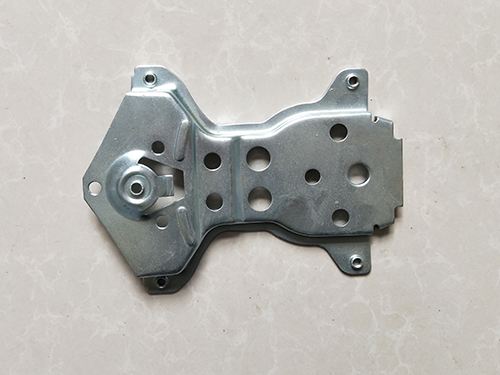

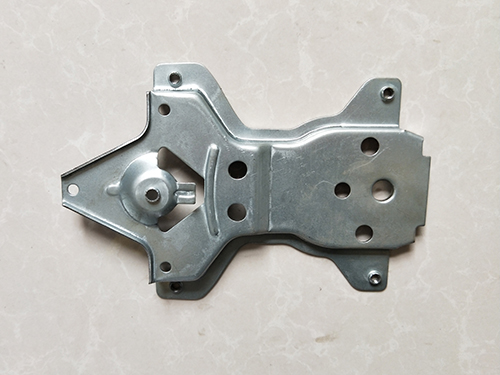
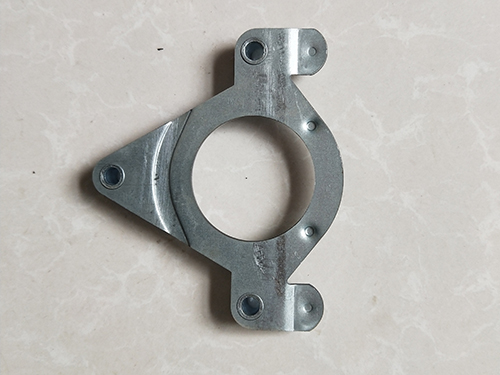
Seat plate is a type of stamped part, which is a forming process that uses a press and mold to apply external force to plates, strips, pipes, and profiles, causing them to undergo plastic deformation or separation, thereby obtaining the desired shape and size of the workpiece (stamped part). Stamping and forging belong to plastic processing (also known as pressure processing), collectively referred to as forging. The stamping blanks are mainly hot-rolled and cold-rolled steel plates and strips.
Stamping is mainly classified by process and can be divided into two categories: separation process and forming process. The separation process, also known as punching, aims to separate the automotive stamping parts from the sheet metal along the contour line, while meeting the quality requirements of the separation section. The surface and intrinsic properties of stamping sheet metal have a significant impact on the quality of stamped products, requiring stamping material thickness and uniformity; The surface is smooth, without scars, scratches, surface cracks, etc; Uniform yield strength without obvious directionality; High uniform elongation rate; Low yield to strength ratio; Low work hardening.
Glass lifter stamping parts series
Light Truck Blocker Series
New Energy Sheet Metal Parts Series
New energy vehicle parking bracket series
Dust collector series
 Analysis and Application of Stamping Parts and Precautions for Mold Forging
Analysis and Application of Stamping Parts and Precautions for Mold ForgingTo deal with problems caused by materials, manufacturing personnel can choose appropriate p...
 Key points of mold and tooling management for metal stamping equipment and mold
Key points of mold and tooling management for metal stamping equipment and moldRegular maintenance is implemented for tooling molds, and a mandatory pre repair system is ...
 Factors affecting the management of production materials and defects in stamping
Factors affecting the management of production materials and defects in stampingStrengthen the control and supervision of incoming stamping parts. For the stamping worksho...
 Modernization process upgrade and quality process monitoring management of metal
Modernization process upgrade and quality process monitoring management of metalThe manufacturing process level of chassis stamping parts in automobile production not only...
 Quality improvement measures and reasonable selection of equipment for metal sta
Quality improvement measures and reasonable selection of equipment for metal staStamping technology can be divided into two categories: separation process and forming proc...
